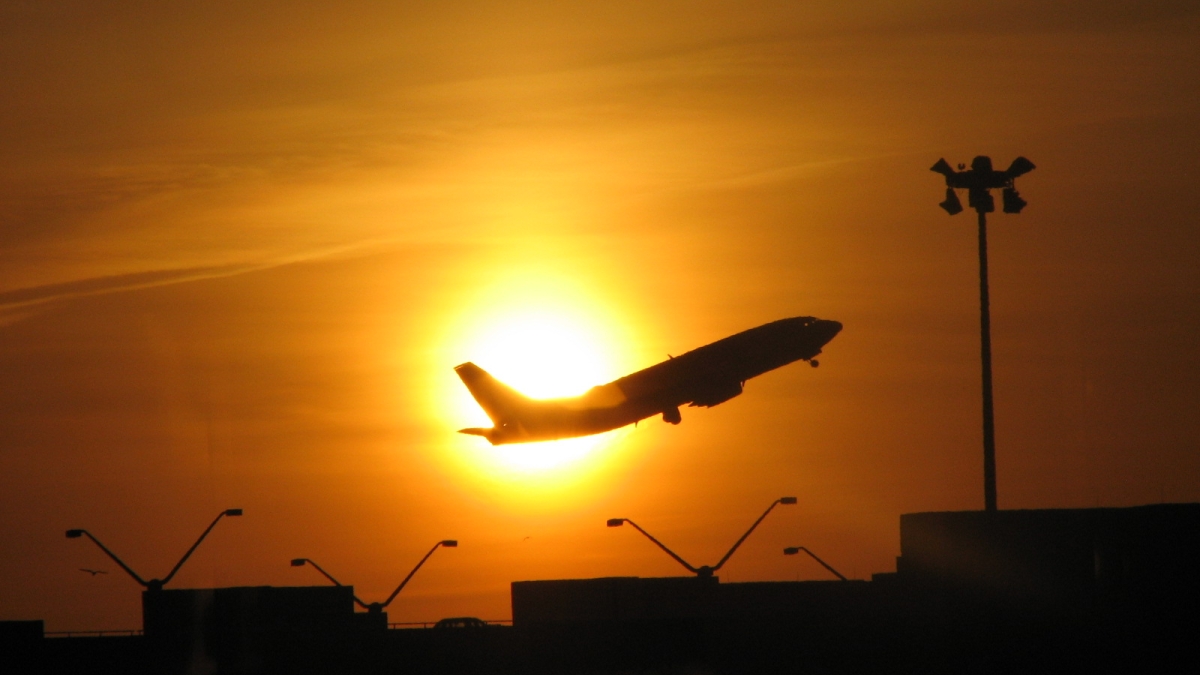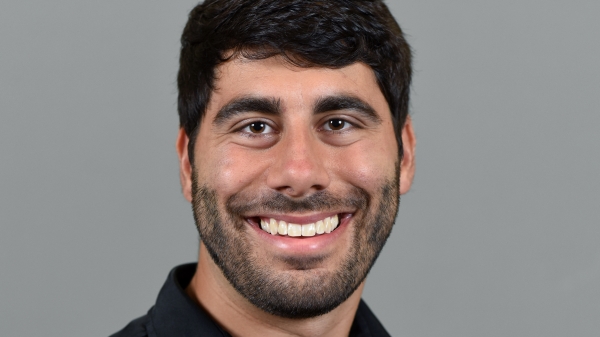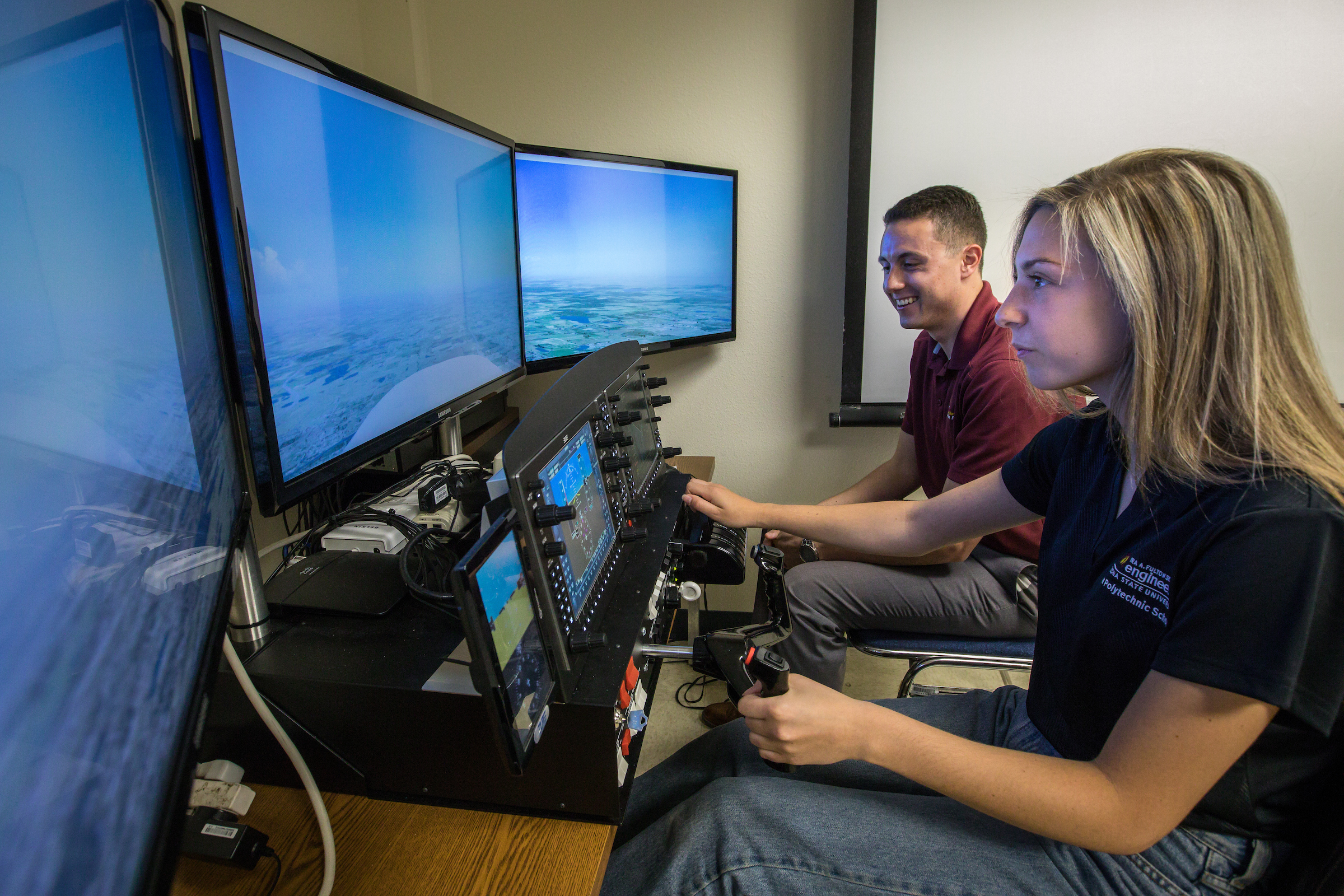ASU aviation chair on why the heat might affect your flight plans
High temperatures can make certain aircraft less efficient; regulations and procedures are designed to keep people safe

Editor's note: This story is being highlighted in ASU Now's year in review. To read more top stories from 2017, click here.
More than 40 flights in and out of Phoenix Sky Harbor International Airport were canceled Tuesday afternoon because of record heat.
Temperatures were expected to hit a record-busting 120 degrees, grounding small regional carriers.
Why can’t some planes fly when it’s scorching? ASU Now talked to Marc O’Brien, chair of Arizona State University’s aviation program in the Polytechnic School, which trains pilots, drone operators, air traffic controllers and airport managers.
The answer is physics. When it’s as hot as 120, the air is thinner. Simply put, the engines have less air to grab onto. They don’t perform as well, the plane climbs more slowly, and it needs a longer runway to hit takeoff speed.
“It makes the aircraft less efficient,” O’Brien said.
Every make and model of aircraft has its own performance data. Pilots use that data on every flight: takeoff distance, cruise performance, landing distances and so on.
“If you have something too extreme and it’s outside the parameters, it can’t go,” O’Brien said. “The manufacturer would have to assure the aircraft can operate under those conditions.”
It’s something all students in the program learn right off the bat, he said.
“All of our aviation students learn how to calculate aircraft performance,” O’Brien said. “Our student pilots calculate aircraft performance before every flight.”
ASU professional flight sophomore Carlee Cramer practices in a flight simulator with senior Trevor Cardey at the Polytechnic campus on Tuesday. Students getting their hours in the single-engine Cessna 172s know they have to take the 6 a.m. class to be assured of air time. The cockpits get too hot by 9 a.m. with no air-conditioning. Photo by Charlie Leight/ASU Now
Should the average traveler at Sky Harbor today be worried?
Only about “finding a cool place to wait around until you can get on that rescheduled flight,” he said.
If there’s the slightest iota of danger, you’re not going to fly.
“That’s the thing we should all be focused on: Both FAA regulations and airline procedures and standardization all are designed to keep people safe,” O’Brien said. “When you get to an extreme, you don’t want to push the envelope.”
Silver lining: If your flight did get canceled, there’s plenty of room at Valley resorts, which are often deeply discounted this time of year.
Top photo by Sara Haj-Hassan/Freeimages.com
More Science and technology

ASU researchers develop special microphone to verify human speech
Deepfakes have become a large societal concern with the advent of video and audio content generated by artificial intelligence, or AI. A deepfake is a convincing imitation that blurs the lines…

Leading students toward a future of renewable energy
Nicholas Rolston, assistant professor in the School of Electrical, Computer and Energy Engineering, one of the Ira A. Fulton Schools of Engineering at Arizona State University, has found his passion…

SPARCS mission spacecraft bus delivered to ASU for final assembly
The Arizona State University team that is building the NASA-funded Star-Planet Activity Research CubeSat, or SPARCS, cleared a major milestone this week — receiving its spacecraft bus at the School…
